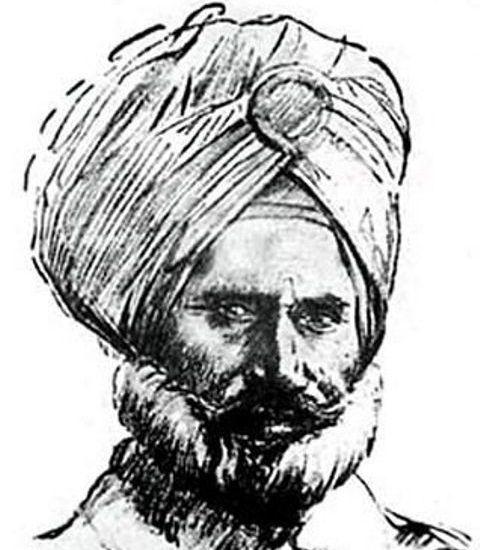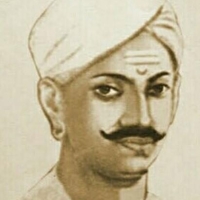Personal Life
| Date of Death | 12/09/1897 |
|---|---|
| Place of Death | Tirah, North-West Frontier Province, British India (now Pakistan) |
| Death Cause | Martyred |
| Zodiac sign/Sun sign | Sagittarius |
| Hometown | Jagraon tehsil, Ludhiana district, Punjab |
| Religion | Sikhism |
| Caste | Jat |
Relationships & More
| Marital Status (at the time of death) | Married |
|---|---|
| Marriage Place | Jagraon, Ludhiana district, Punjab |
Family
| Wife/Spouse | Name Not Known |
|---|---|
| Parents | Names Not Known |
Career
| Service | British Army |
|---|---|
| Rank | Havildar (Sergeant) |
| Unit/Regiment | 36th Sikh Regiment |
| Awards, Honours | Indian Order of Merit Class III (posthumously) |
Some Lesser Known Facts
| Ishar was born into an agricultural family in Ludhiana. | |
| He pursued his dream of becoming a soldier by joining the Punjab Frontier Force around the age of 18. | |
| Serving under regimental number 165, he was drafted into the 36th Sikhs Regiment in 1887. | |
| Major General James Lunt described Ishar Singh as having a somewhat rebellious nature, leading to clashes with his military superiors. | |
| In August 1897, the 36th Sikhs, including a contingent of 21 Sikhs under Havildar Ishar Singh, were stationed in the North West Frontier Province. | |
| Havildar Ishar Singh and his troop made the courageous decision to defend Saragarhi against a large Afghan force on 12 September 1897. | |
| Following his demise, his wife was tragically killed by his own brother, who was subsequently imprisoned. | |
| Two Saragarhi Memorial Gurudwaras were constructed in memory of the 21 Sikh soldiers from the 36th Sikh Regiment. | |
| Each year on 12 September, 'Saragarhi Day' is commemorated to honor the bravery of these 21 Sikh soldiers. | |
| After Ishar Singh, there were no further members from his family who joined the Army due to various reasons. |



